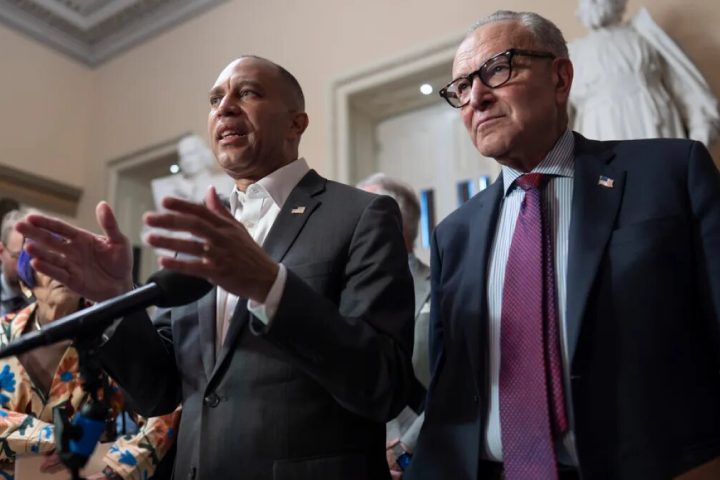For several months, the US has been assisting Ukraine in striking Russian energy facilities, seeking to weaken Vladimir Putin’s economy and increase pressure on Moscow to negotiate.
Ukraine Strikes Russia with Support from US Intelligence
According to the Financial Times, several Ukrainian and American sources familiar with the operation reported that US intelligence provided Kyiv with data that enabled it to attack key Russian energy facilities, including oil refineries located far behind the front lines.
The FT’s sources clarified that US intelligence was involved in planning the routes, altitudes, and timing of the strikes, allowing Ukrainian long-range drones to evade Russian air defense systems. Three sources confirmed that Washington was involved at all stages of the operation, and one official noted that Ukraine selected the targets itself, with the US providing information on their vulnerabilities.
According to other participants in the operation, American experts also identified priority targets for attack, and Ukrainian drones were effectively used as a tool to pressure the Russian economy in an attempt to force Putin to negotiate.
FT sources noted that Donald Trump’s disappointment with the results of the Alaska summit was one of the factors influencing his support for more aggressive strikes against Russia.
The Financial Times reports that US aid has increased since mid-summer, following a phone call between Trump and Volodymyr Zelenskyy in July. Four informed sources said that after this, Kyiv began receiving more detailed intelligence, allowing Ukraine to more accurately identify Russian air defense systems and plot safe routes for strikes.
In August and September, the intensity of attacks on Russian oil and gas facilities and pipelines increased significantly, leading to a reduction in Russia’s diesel fuel exports and an increase in its dependence on imports.
The debate over the new US government shutdown between Democrats and Donald Trump’s Republicans is once again bypassing the main issue — the growing national debt and the financial sustainability of Social Security and Medicare.











